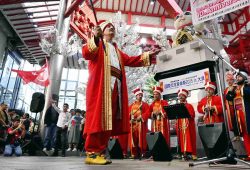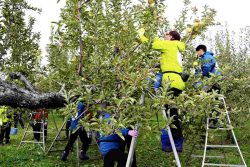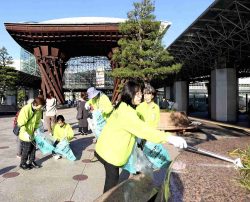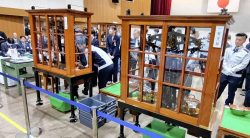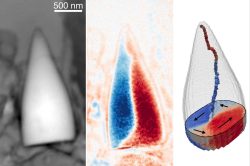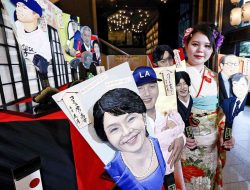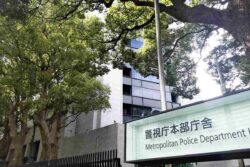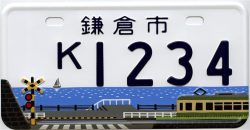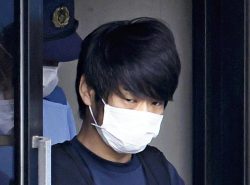Western-Style Restaurant in Tokyo Serves Beef Stew; Dish Loved by Locals for about 90 Years
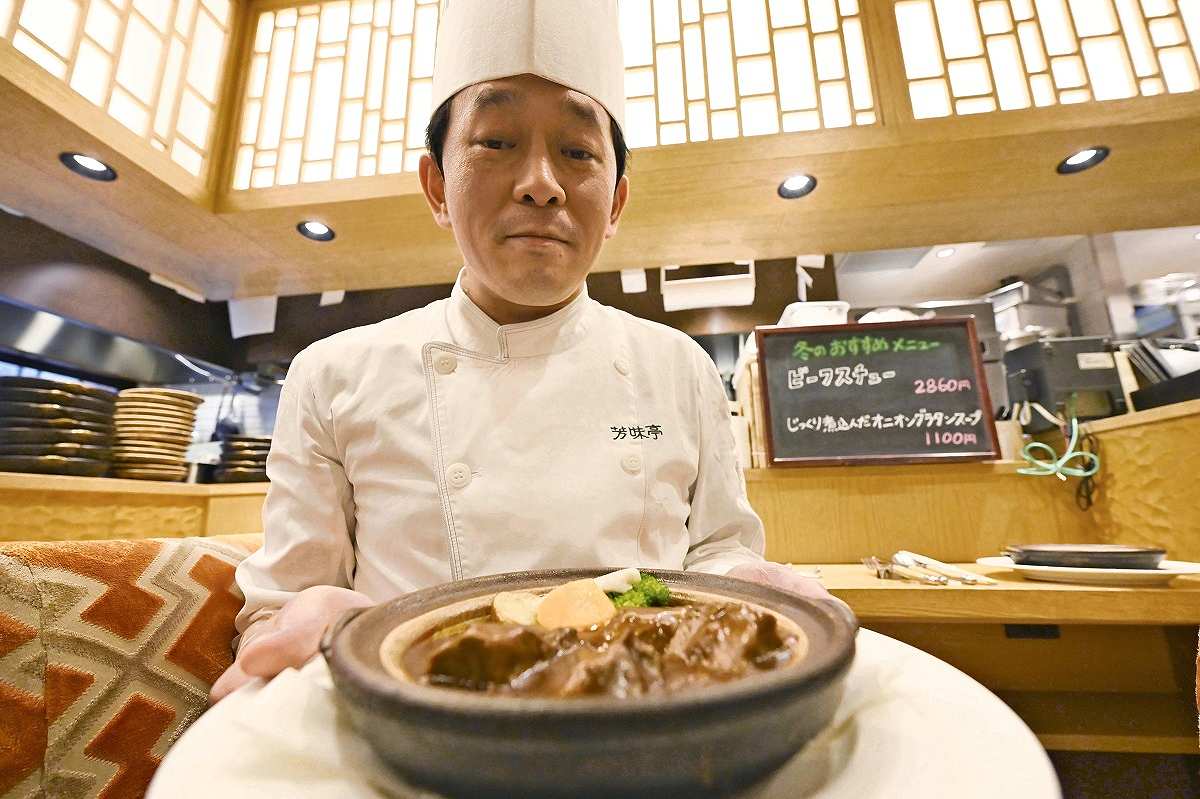
Daichi Watanabe, head chef of Homitei, serves a bowl of beef stew, called “suchuu,” in his restaurant.
13:13 JST, March 4, 2024
Beef “suchuu,” a traditional dish, simmers in a bowl. The aroma of deep flavors rises from the hot demiglace sauce.
The dish is served by yoshoku western-style restaurant Homitei, located on the Amazake Yokocho street in the Ningyocho district of central Tokyo. Since the opening about 90 years ago, the time-honored restaurant has been loved by people in the downtown area.
Though most Japanese pronounce stew as “shichuu,” Homitei calls it “suchuu.” When Shigeharu Kondo, who founded the restaurant, worked as an apprentice at the Hotel New Grand in Yokohama, a foreign chef’s pronunciation of stew sounded like “suchuu” to his ears.
The stew’s broth is packed with umami from simmered onions, beef tendons and other ingredients, and the Kuroge Wagyu hind shanks were so soft that I felt them melt in my mouth.
Daichi Watanabe, 41, head chef of the restaurant, said, “I simmer the sauce for three days.”
The Homitei opened in 1933 with a desire to get ordinary people to enjoy yoshoku, or western-style food, which used to be expensive in those times. The name of the restaurant was initially read as Yoshimitei, derived from the old name of the town, Yoshi-cho. But customers began to call it Homitei, and the name stuck.

The signboard of Homitei
The original location of the restaurant was close to entertainment quarters such as Yanagibashi and Fukagawa, and also Meijiza theater. Thus, geiko entertainers and kabuki actors favored bento boxes from the restaurant to eat in their dressing rooms. The boxed meal, called Yoshoku Bento, is still a popular item on its menu, with about 70% of customers ordering it.
Watanabe told me the meat in their suchuu is from Imahan. Management of Homitei was taken over by long-established restaurant Ningyocho Imahan in 2014. The original location of Homitei was behind Ningyocho Imahan at the time.
When the third-generation owner of Homitei passed away, his wife indicated at his wake her intention to close the establishment, as it did not have a successor. Tetsuro Takaoaka, 62, current president of Ningyocho Imahan, heard this and proposed to take over management of Homitei.
The restaurant was relocated to the current location in 2018, as the previous building became aged. The signboard with classical style font at the entrance of the current restaurant and a cherry tree branch inside it were moved from the previous building.
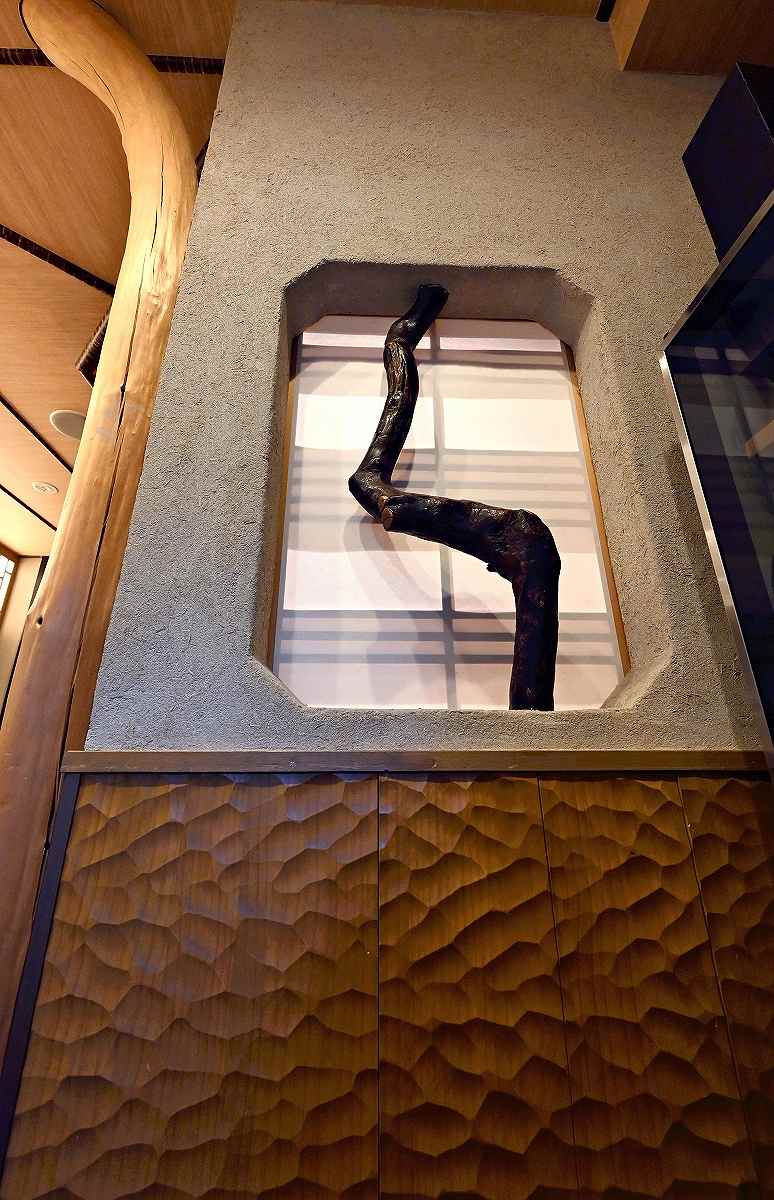
A cherry tree branch on top of a Naguri carved wall.
Interiors of the current restaurant use the same features as those in the former one, including Naguri carved walls with surfaces intentionally made uneven, and a ceiling made of weaved wood.
On the walls of the second floor, photographs of various scenes from the Showa and Heisei eras are displayed. One of them is of the amazake store from which the street name, Amazake Yokocho, was derived, and another is of the Suitengumae stop on the old Toden tram line. A shop owners union of Ningyocho shopping street provided the photos.
Homitei’s love for the Ningyocho district is shown both in its cuisine and the building.

Many photos of the old Ningyocho district area are displayed on the wall.
Homitei
Address: 2-3-4 Nihonbashi-Ningyocho, Chuo Ward, Tokyo
Access: 3-minute walk from Ningyocho Station or Suitengumae Station
Hours: 11 a.m. to 10 p.m., excluding hours from 3 p.m. to 5 p.m. on weekdays
Prices: Beef suchuu at ¥2,860, Yoshoku Bento box meal at ¥2,970, both including tax
Related Tags
"Features" POPULAR ARTICLE
-
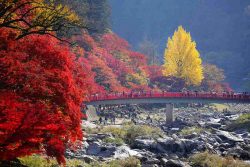
Autumn Foliage Reaches Peak Season at Korankei in Aichi Prefecture
-
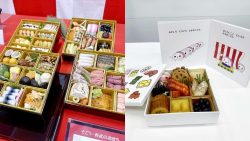
Japan’s Osechi Meals See More Value Offerings as Customers Struggle with Rising Prices
-
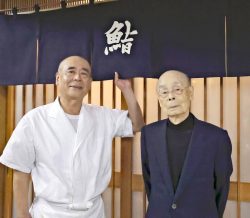
Legendary Sushi Chef Jiro Ono Turns 100: ‘I Have No Regrets’
-

Autumn Foliage Surrounds Visitors to Tokyo’s Showa Kinen Park
-
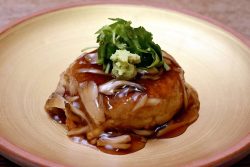
Japanese, Western Flavors Blend in Satoimo Taro Cheese Dumplings; Versatile Seasonal Staple Served with Savory Sauce
JN ACCESS RANKING
-

Govt Plans to Urge Municipalities to Help Residents Cope with Rising Prices
-

Japan Resumes Scallop Exports to China
-

Japan Prime Minister Takaichi Vows to Have Country Exit Deflation, Closely Monitor Economic Indicators
-

Japan to Charge Foreigners More for Residence Permits, Looking to Align with Western Countries
-

Japan GDP Down Annualized 1.8% in July-Sept.


